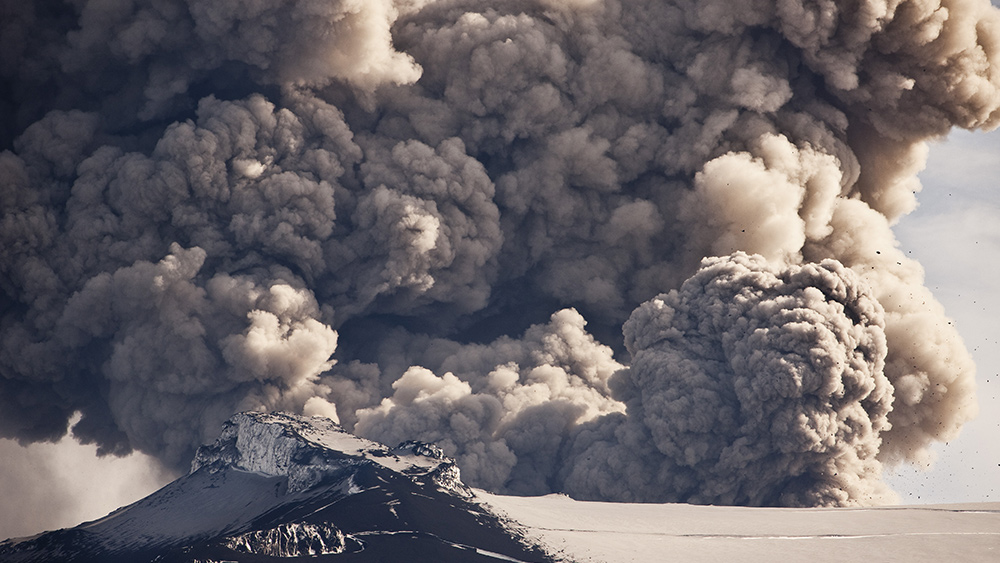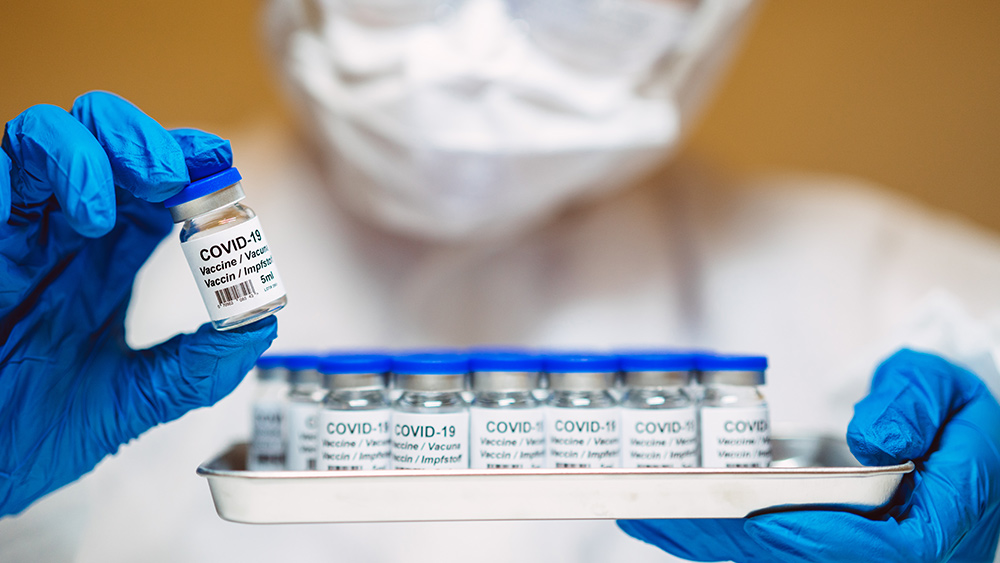 Parler
Parler Gab
Gab
- A retired U.S. Navy admiral revealed 500 American military trainers are stationed in Taiwan, far more than the previously known 41, urging expansion to 1,000 to counter Chinese aggression.
- The Pentagon has not confirmed troop numbers, but the disclosure shows a major escalation in U.S.-Taiwan military ties despite Beijing’s warnings against foreign interference.
- Taiwan’s president first acknowledged U.S. troops in 2021, with estimates growing from dozens to 200 before this latest revelation of 500 personnel.
- China has ramped up military pressure on Taiwan, conducting frequent incursions and rehearsing invasion scenarios, while Taiwan integrates advanced U.S. weapons like HIMARS rockets.
- Experts warn the U.S. troop presence risks provoking Beijing, which views Taiwan as a breakaway province and has ordered full invasion readiness by 2027.
A long-hidden military presence
For decades, the U.S. military presence in Taiwan was an open secret, with only a handful of trainers deployed after Washington severed formal diplomatic ties with Taipei in 1979. The veil lifted in 2021 when then-Taiwanese President Tsai Ing-wen became the first leader to publicly acknowledge U.S. troops on the island. At the time, estimates suggested just a few dozen American personnel were conducting training exercises. By 2023, reports indicated the number had grown to around 200. Now, Montgomery’s disclosure reveals a far more substantial footprint—one that signals a deliberate shift toward overt military collaboration. The retired admiral justified the expansion by pointing to the billions in U.S. arms sales to Taiwan. “If we’re going to give them billions of dollars in assistance, sell them tens of billions of dollars worth of U.S. gear, it makes sense that we’d be over there training and working,” he said. Taiwan’s military has already begun integrating advanced American weaponry, including the recent test-firing of U.S.-supplied HIMARS rockets during coastal drills—a milestone in bilateral defense cooperation. Meanwhile, Beijing has intensified its military pressure on Taiwan, conducting near-daily incursions into the island’s air defense identification zone and rehearsing blockade scenarios. According to Taiwanese and U.S. officials, China’s People’s Liberation Army (PLA) has honed its ability to launch a sudden attack, with amphibious units, advanced artillery systems, and fighter jets now positioned for rapid mobilization. PLA warplanes now cross the Taiwan Strait median line over 120 times a month in a dramatic escalation from fewer than 10 monthly incursions five years ago.Taiwan’s precarious position
Taiwan’s military faces an uphill battle against China’s overwhelming firepower. Ming-Shih Shen, a researcher at Taiwan’s Institute for National Defense and Security Research, acknowledged the surprising scale of U.S. training efforts but emphasized the need for further support. “Different people are sent to different projects, such as the Marine Corps, reserves, or missile forces,” Shen noted, suggesting the U.S. presence is fluid and mission-specific. American personnel are reportedly housed at the de facto U.S. embassy, the American Institute in Taiwan, rather than on military bases in what is likely an attempt to downplay the operational footprint. Andrew Dilbert, a spokesman for the institute, declined to comment on specific operations but reaffirmed Washington’s commitment to Taiwan’s defense. “The United States will continue to support Taiwan in the face of China’s military, economic, informational, and diplomatic pressure campaign,” he said.A dangerous new normal
The revelation of 500 U.S. troops in Taiwan and Montgomery’s push for 1,000 marks a bold challenge to China’s threats. Beijing has long viewed Taiwan as a “breakaway province” and insists reunification is inevitable, by force if necessary. President Xi Jinping has directed the PLA to achieve invasion readiness by 2027, and recent reforms have streamlined China’s military for rapid mobilization. Yet the U.S. appears undeterred. As Montgomery’s testimony makes clear, Washington is willing to test Beijing’s red lines by embedding American trainers directly into Taiwan’s defense infrastructure. A miscalculation by either side risks triggering a catastrophic conflict. Sources for this article include: News.Antiwar.com Stripes.com FT.comAxis of Evil: CDC and FDA concealed COVID vaccine dangers as injuries soared, new study reveals
By Lance D Johnson // Share
By Finn Heartley // Share
Governments continue to obscure COVID-19 vaccine data amid rising concerns over excess deaths
By patricklewis // Share
Tech giant Microsoft backs EXTINCTION with its support of carbon capture programs
By ramontomeydw // Share
Germany to resume arms exports to Israel despite repeated ceasefire violations
By isabelle // Share










